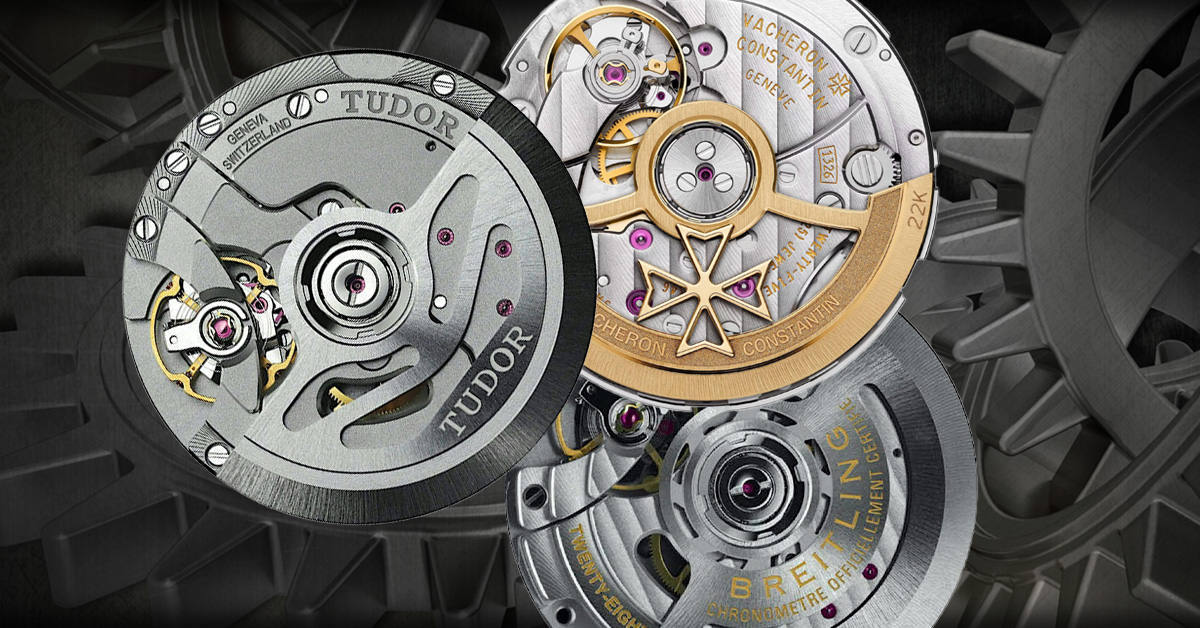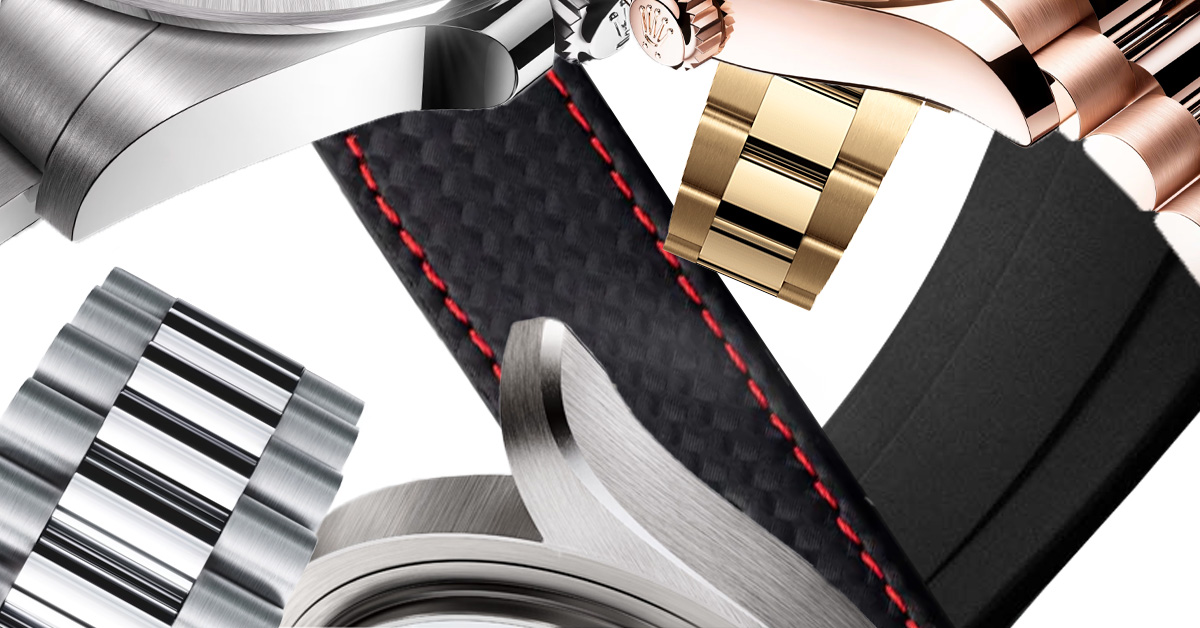
Wedding Ring Styles, Matching Tips, and Sizing
These are the ultimate symbols of your love to your partner with whom you plan on spending the rest of your life. Therefore, your love

You’ve probably heard it said that a Patek Philippe watch isn’t something you own—you merely look after it for the next generation. This kind of reputation doesn’t come by accident. Patek Philippe watches, especially the Calatrava, are among the most iconic in the world. When you think of timeless elegance, you think of a Calatrava right away. But have you ever wondered how long it actually takes to create one of these masterpieces? Spoiler alert: it’s not quick.
Let’s take a deep dive into what goes on behind the scenes to craft one of the most legendary watches on the planet, and trust us, it’s a lot more complex and fascinating than you’d expect.

The journey of creating a Patek Philippe Calatrava doesn’t start with metals and movements. It begins with an idea. Each new model, variation, or update starts its life on a blank piece of paper—or more likely, a high-tech design program these days.
Designing a watch isn’t just about how it looks but how it functions, how it feels on your wrist, and how the various pieces will work together. Patek Philippe watches are known for their clean, minimalist aesthetic, and achieving that level of simplicity requires a lot of thought. The design phase can take months, if not years, of refinement before it ever reaches the next stage of production.
For a model as classic as the Calatrava, that process becomes even more meticulous because you’re dealing with a piece of horological history. Every change, every update must be carefully considered to maintain the Calatrava’s timeless charm.

Now, let’s get into the mechanics, and we mean – literally. At the heart of any Patek Philippe watch is its movement, and the Calatrava is no exception. The movement is where the magic happens. It’s what separates a $50 watch from a $30,000 masterpiece. And crafting the intricate movement of a Calatrava is a task that takes a serious amount of time, skill, and expertise.
Patek Philippe movements are handcrafted, and each one can take months to complete. Think about that for a second. Each tiny gear, lever, and spring is hand-finished and meticulously assembled by master watchmakers. Some movements, depending on their complexity, can take up to nine months to finish. Yes, nine months—for one movement!
And the finishing isn’t just for show, even though Patek Philippe movements are undeniably beautiful to look at. The polishing, beveling, and engraving on these microscopic parts are all part of what makes Patek Philippe watches function so smoothly and precisely. It’s a delicate art that only a handful of people in the world are truly capable of mastering.
So, once the movement is complete, it needs a home. And the case of the Calatrava isn’t just a shell to hold the movement—it’s a vital part of the watch’s design and durability.
The Calatrava is known for its classic round case, sleek lines, and thin profile. It’s subtle but sophisticated, perfect for those who appreciate elegance without being overly-flashy or loud. But don’t let the simplicity fool you. Crafting the case is a complicated process that involves multiple steps, including shaping, polishing, and assembling different components.
Patek Philippe uses the finest materials for its cases, like 18k gold and platinum, and each case is individually crafted by skilled artisans. The polishing alone can take days, and that’s just one part of the process. The attention to detail is staggering. Every angle, curve, and surface has to be perfect, and when you’re working with precious metals, there’s no room for error.
The case-making process typically takes several weeks, but for certain materials and designs, it can stretch even longer. It’s all about getting that flawless finish and ensuring that the case is both beautiful and functional. After all, it has to protect that intricate movement inside.


Now that the movement, case, and dial are ready, it’s time to put everything together. But don’t think for a second that this is a quick process. Final assembly is where all the components come together, and it requires the steady hands of a master watchmaker.
Each part has to be carefully fitted, adjusted, and tested to make sure everything works perfectly. The movement is placed into the case, the dial is added, and the hands are meticulously set. Then comes the moment of truth—will it all work together?
The watch is tested multiple times throughout the assembly process to ensure that it’s keeping perfect time and that all the complications (if any) are functioning correctly. This can take several weeks, as each watch goes through rigorous quality control checks.

Speaking of quality control, this is where Patek Philippe overshadows its opponents. Every single watch that leaves their workshop is subjected to some of the most stringent quality tests in the industry. Patek Philippe has its own set of standards, known as the Patek Philippe Seal, which is even more demanding than the Swiss watch industry’s already high standards.
Watches are tested for accuracy, water resistance, durability, and overall performance. They go through weeks of testing before they are deemed ready to leave the workshop. If any part of the watch doesn’t meet Patek Philippe’s standards, it goes back to the workshop for adjustments.
Quality control is a time-consuming process, but it’s what ensures that every Patek Philippe Calatrava that leaves the factory is absolutely flawless.
Now that we’ve gone through all the steps, you’re probably wondering, “Okay, so what’s the total time?” Well, if we add up all the individual processes—from design to movement production to case-making and quality control—you’re looking at anywhere from nine months to over a year to make a single Patek Philippe Calatrava.
And that’s just for one watch! Remember, each watch is crafted by hand, and Patek Philippe isn’t in the business of rushing things. They produce a limited number of watches each year, and they take their time to make sure every single one is perfect.


You might be thinking, “That’s a long time for one watch!” But here’s the thing—when you’re buying a Patek Philippe, you’re not just buying a watch. You’re investing in a piece of art, in a legacy that will last for generations. The time, effort, and skill that go into each Calatrava are what make it so special. It’s what sets Patek Philippe apart from other watchmakers and why their watches are considered some of the best in the world.
When you wear a Calatrava, you’re wearing a piece of horological history on your wrist. You’re wearing the result of over a year of meticulous craftsmanship, tradition, and expertise. And that’s something you can’t put a price on.
So, how long does it take to make a Patek Philippe Calatrava? Around a year or more. But that’s what makes it so special. Every step in the process, from design to final assembly, is done with care, precision, and passion. When you buy a Calatrava, you’re not just buying a watch—you’re buying a masterpiece that’s been crafted by some of the finest artisans in the world.
In a world where everything feels rushed, there’s something undeniably luxurious about knowing your watch took over a year to create. It’s a reminder that good things, especially Patek Philippe watches, are always worth the wait.

These are the ultimate symbols of your love to your partner with whom you plan on spending the rest of your life. Therefore, your love

How do Watch Movements work? In a nutshell, the Movement is the mechanism that “runs” the watch. Watchmakers either build up the watch Movements by

Gold has been one of the most desired and most used watch strap materials but in recent years the trend has started to shift. Materials